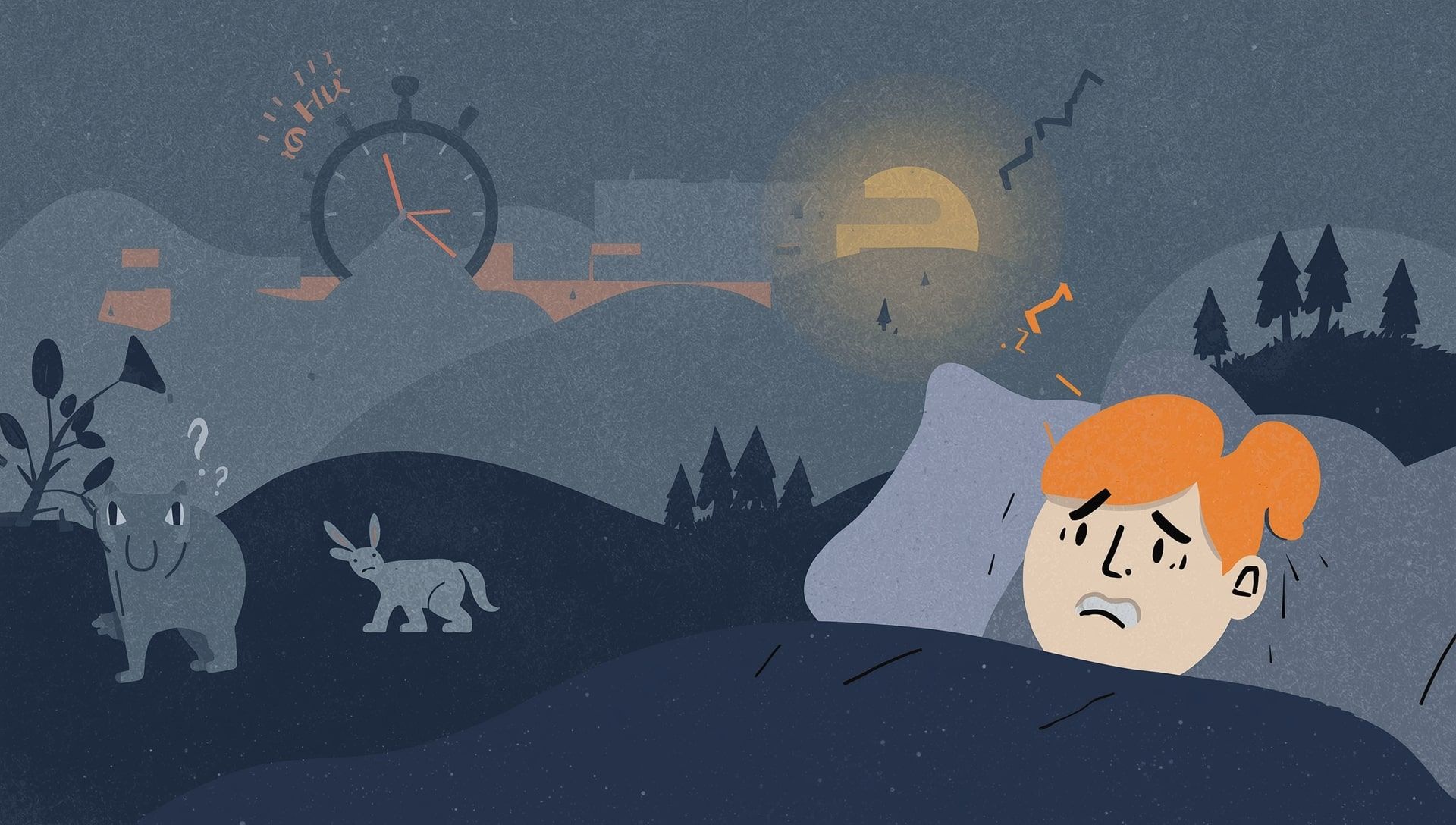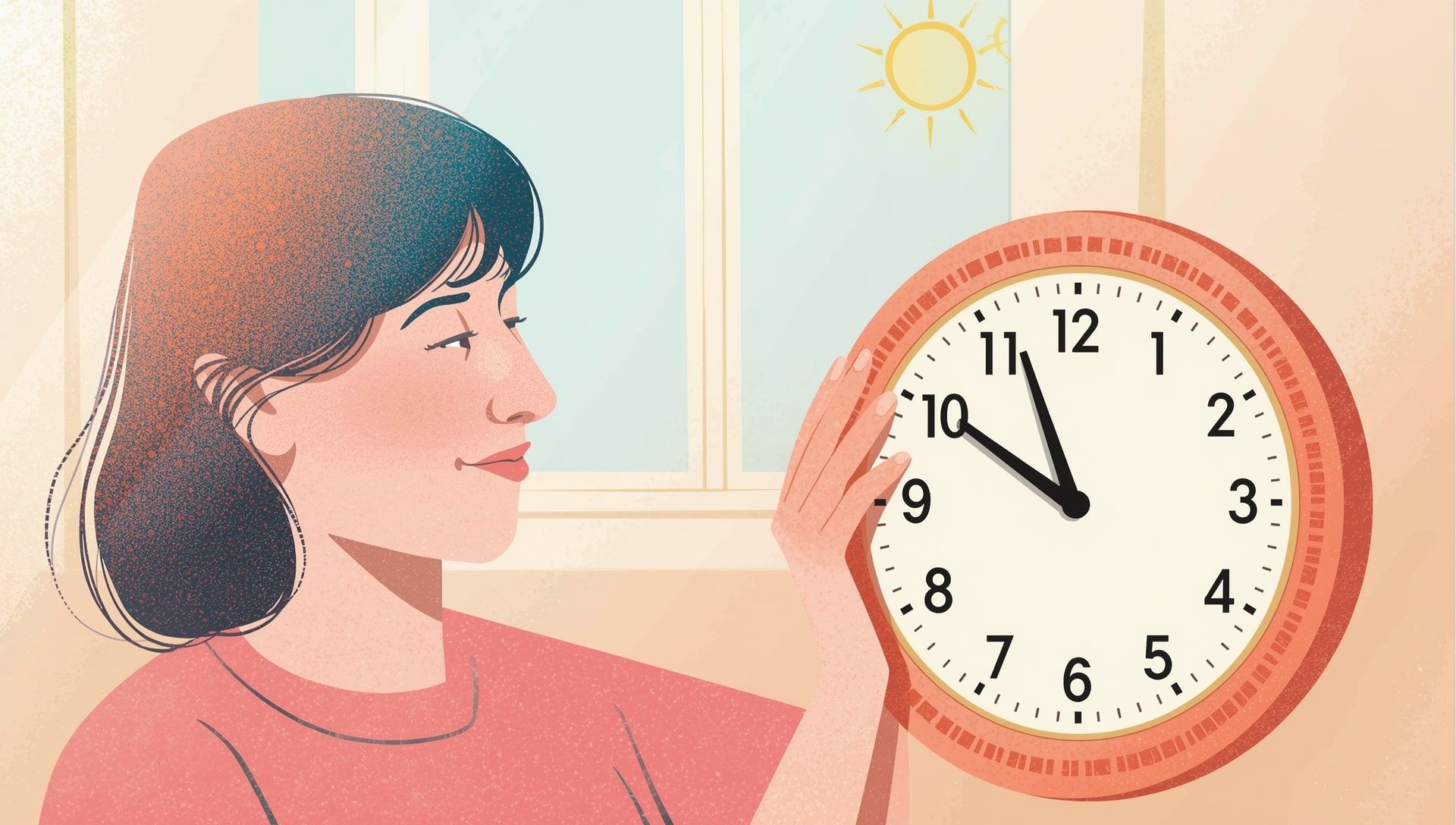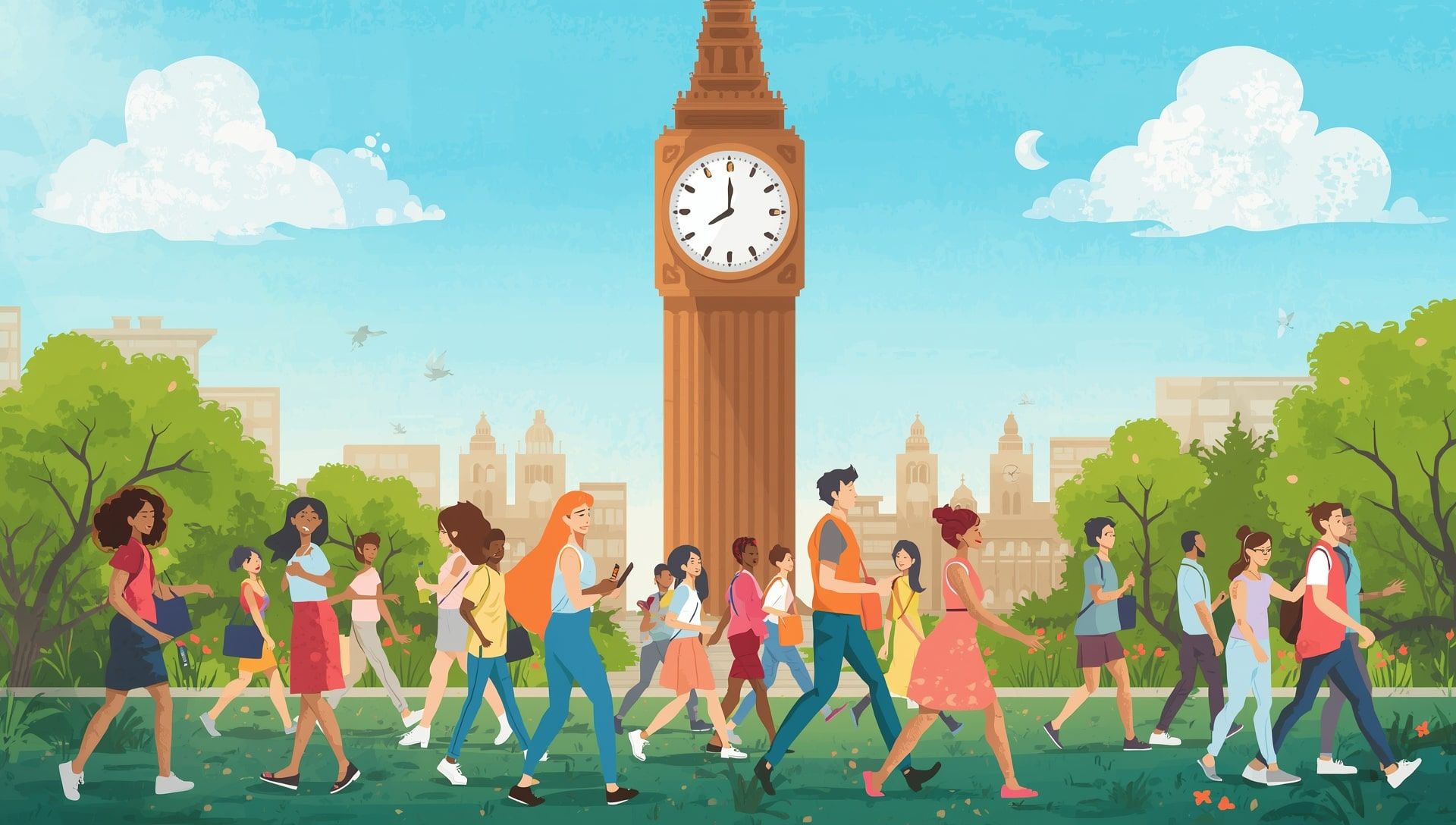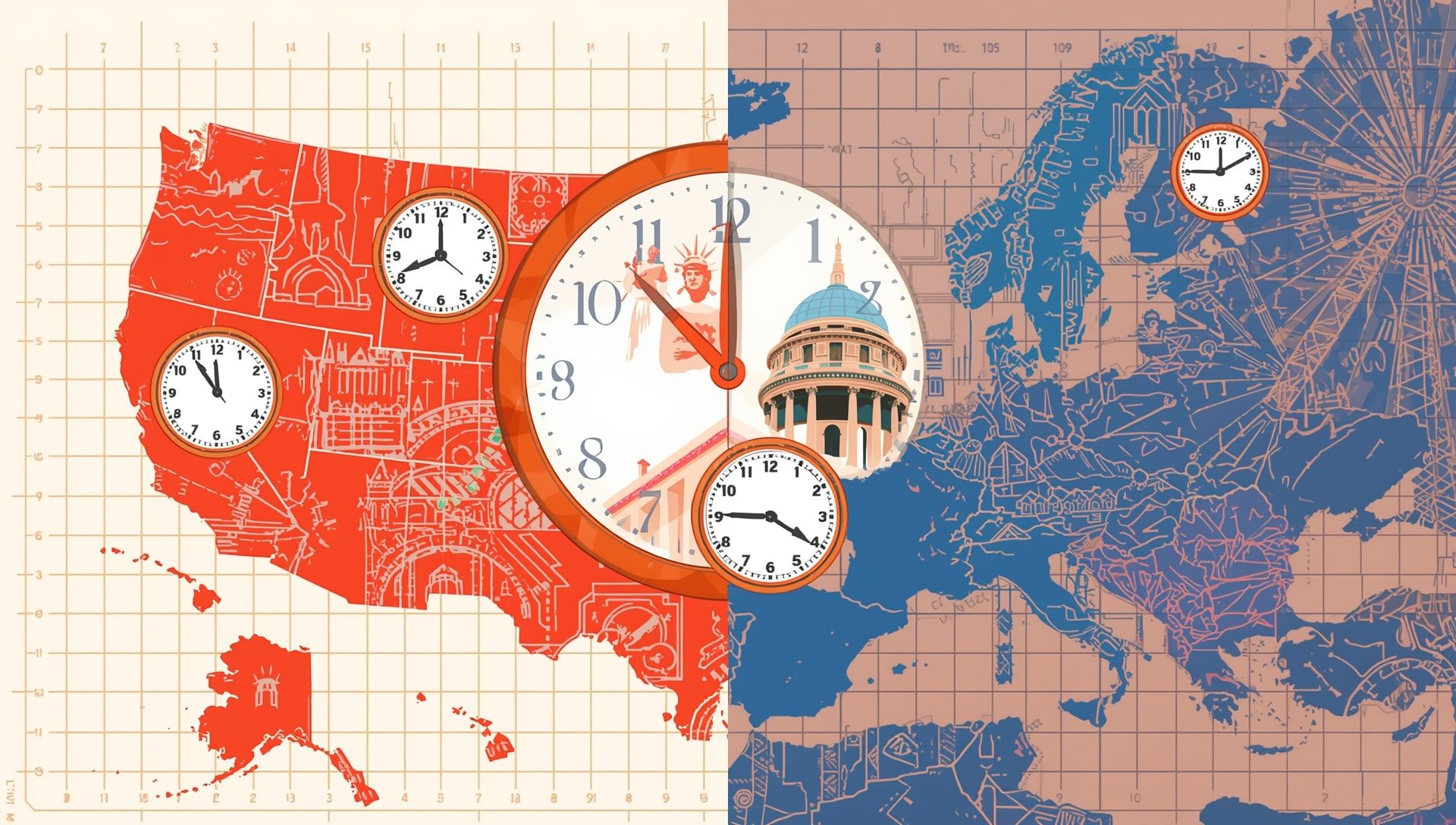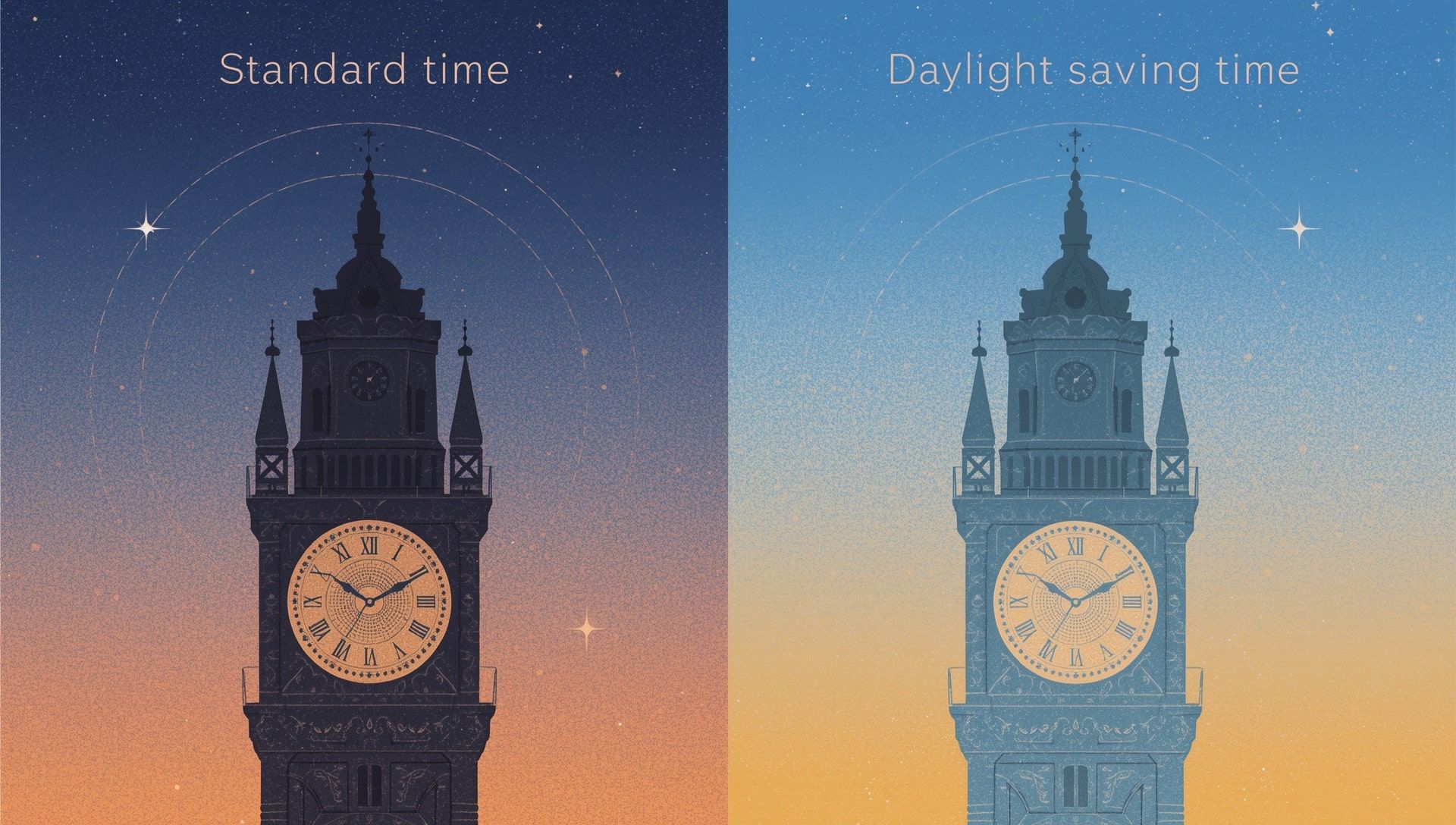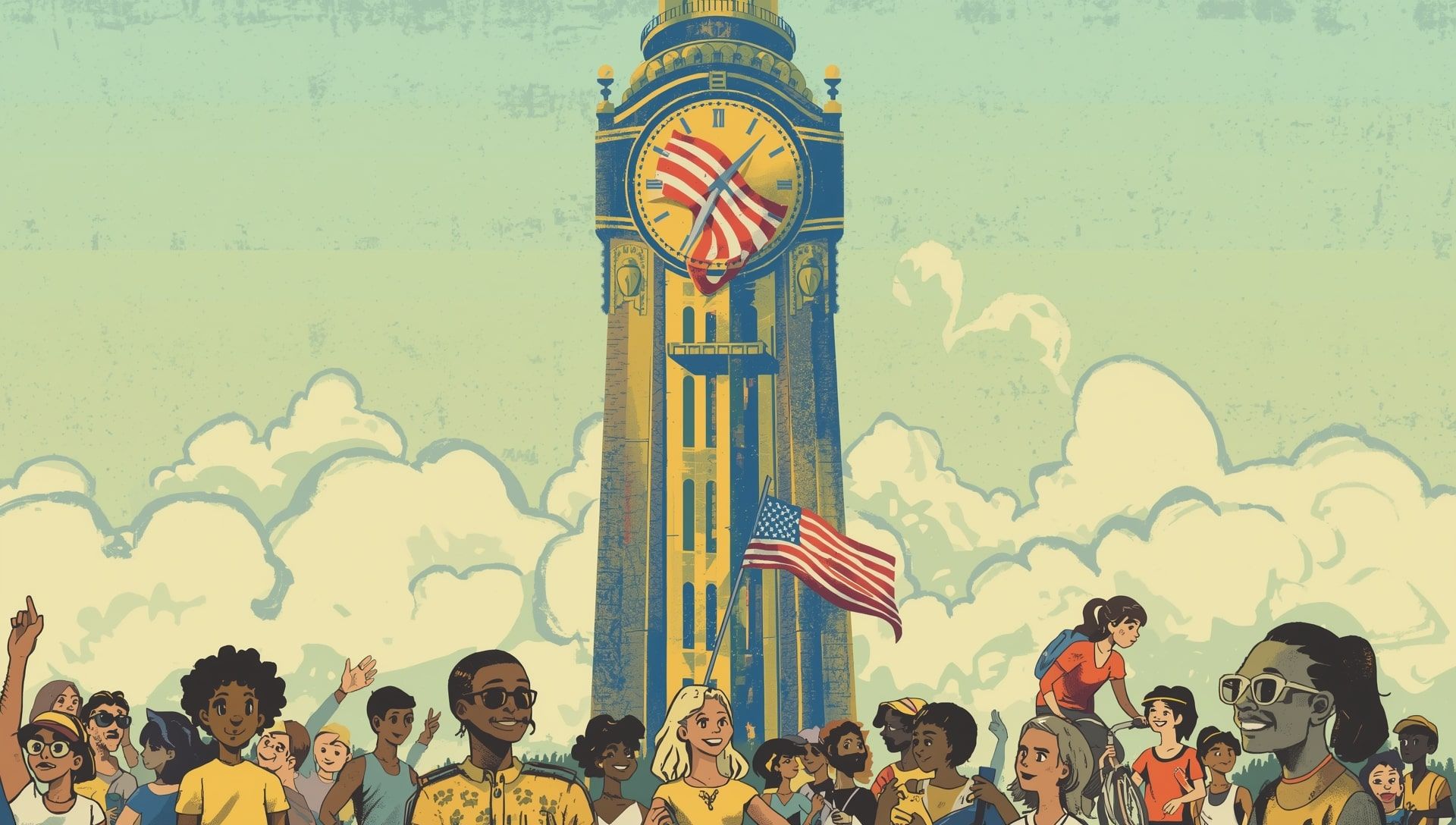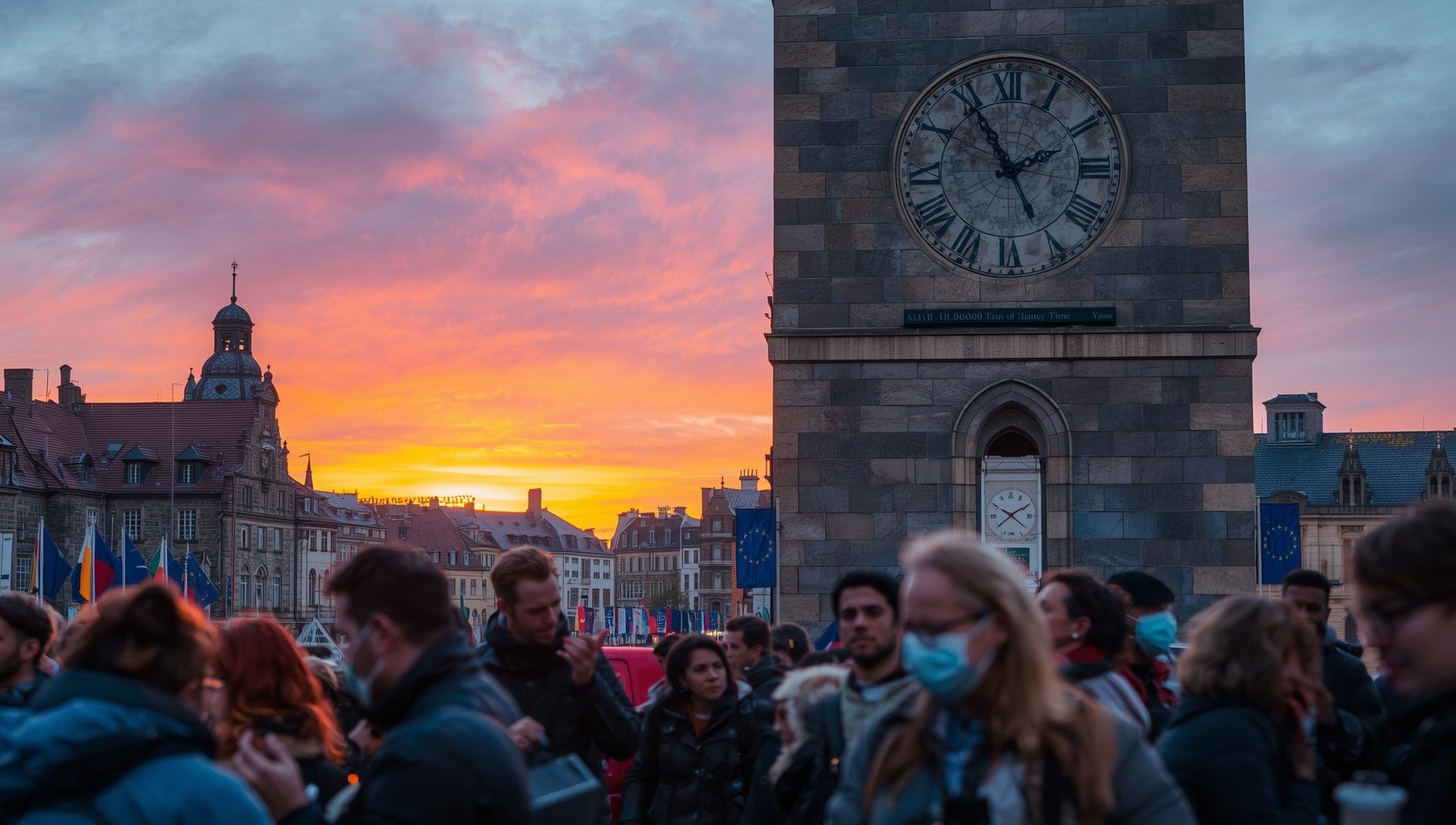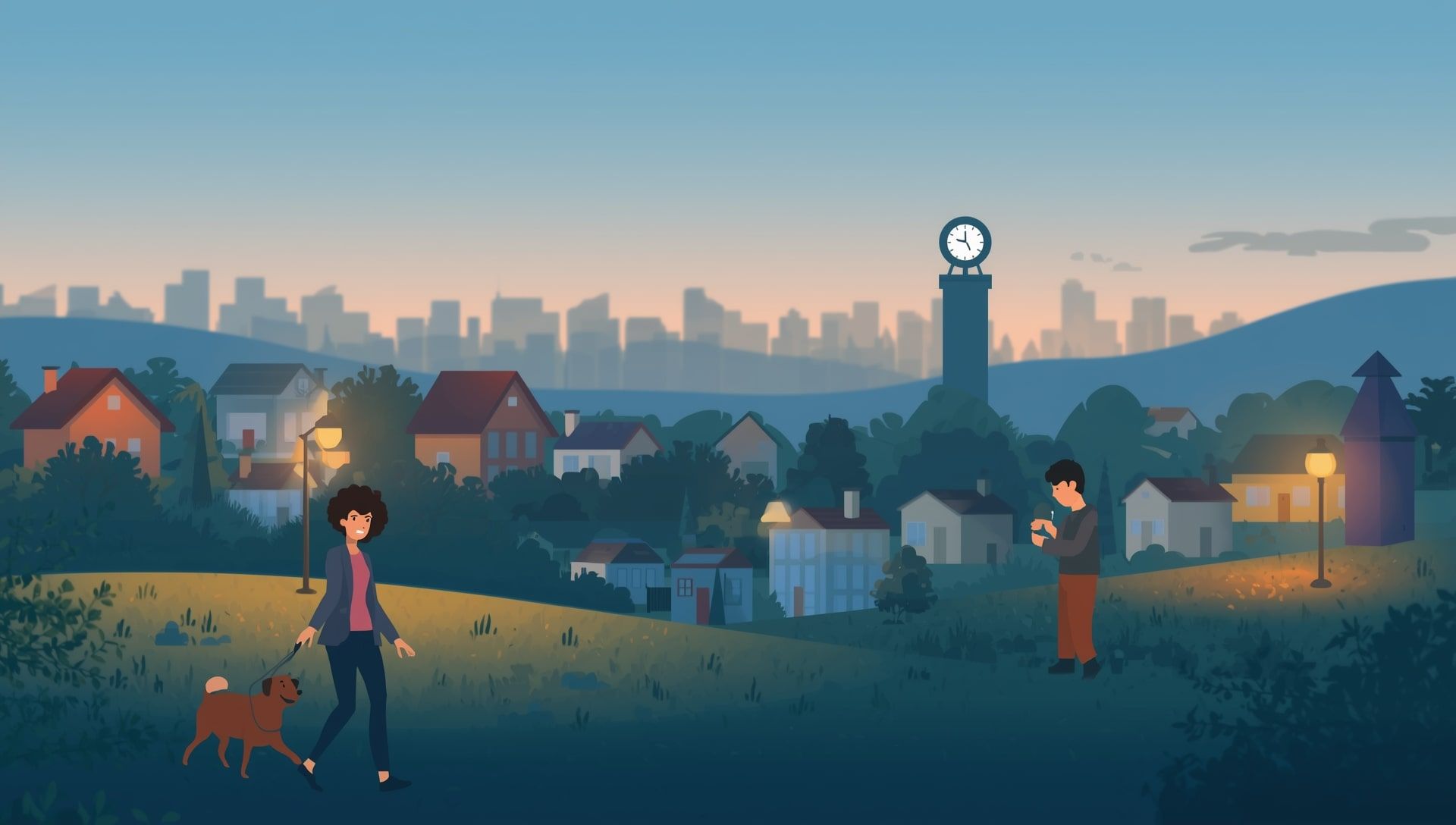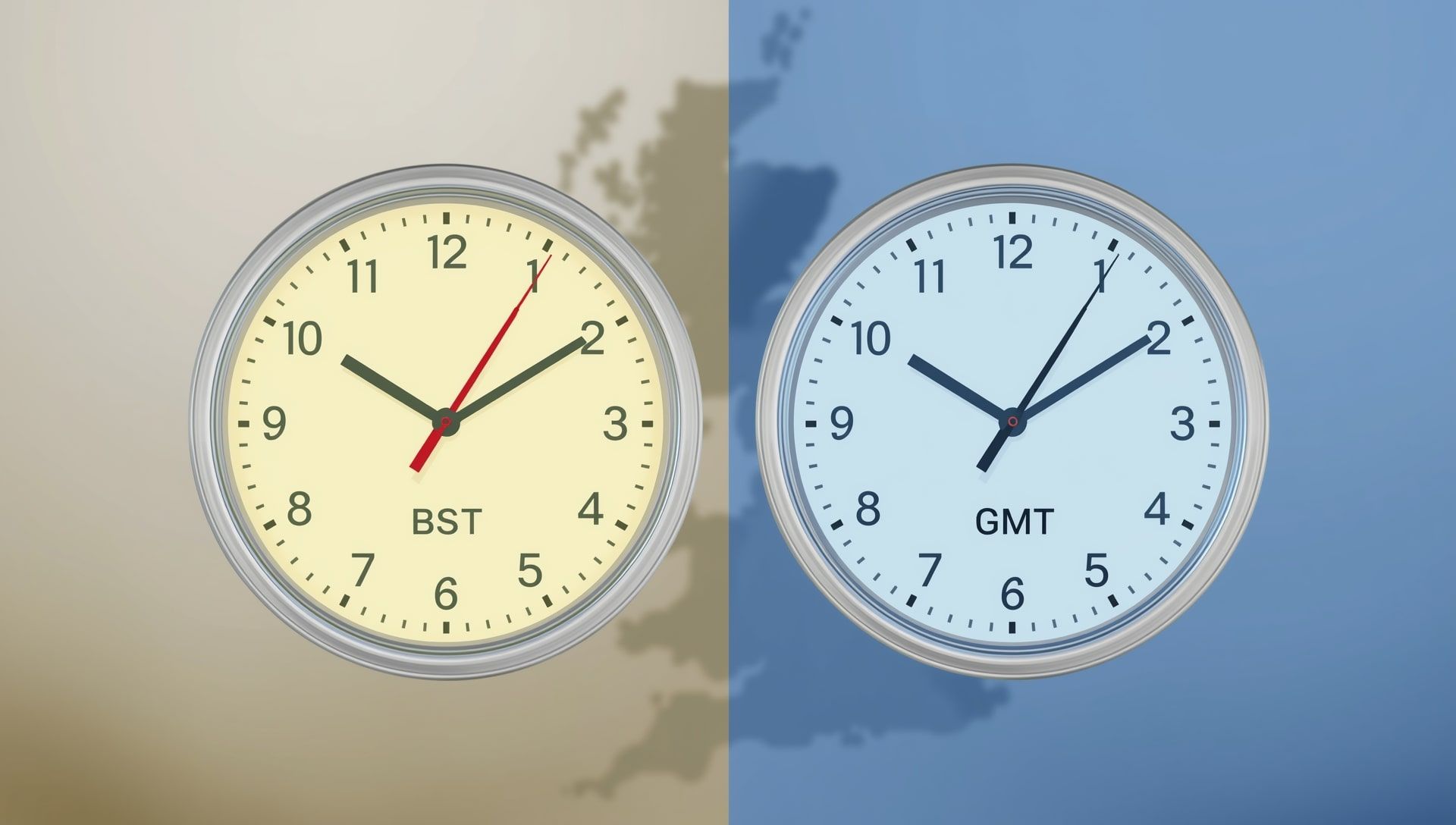Every year, when Daylight Saving Time begins or ends, millions of people adjust their clocks and, often, their sleep. While the idea behind the time change may be to make better use of daylight, its effects on human health tell a different story. The biannual shift can disrupt sleep, increase stress, and even raise the risk of serious medical issues. Here’s a deep look at how the annual time change might be doing more harm than good.
Why the Body Struggles With the Time Change
Your body operates on an internal clock called the circadian rhythm. This system regulates when you feel awake or sleepy and influences hormone production, metabolism, and body temperature. The annual one-hour clock shift might seem small, but it disrupts this delicate balance.
When clocks move forward in March, you lose an hour of sleep. Even this minor shift can throw your internal timing off for several days. Conversely, when clocks fall back in November, the abrupt change in light exposure can confuse the body and disturb normal sleep patterns, similar to how time change impacts health worldwide.
The Health Impacts of Losing an Hour
The spring shift to Daylight Saving Time is when most negative health effects are observed. Studies consistently show a spike in medical and psychological issues immediately following the change, as seen in comparisons between standard time and DST.
| Condition | Observed Increase | Reason |
|---|---|---|
| Heart Attacks | Up to 24% increase on the Monday after DST begins | Disrupted sleep increases stress hormone levels and blood pressure |
| Strokes | Up to 8% increase within the first two days | Sudden shift in sleep patterns impacts blood flow and inflammation |
| Traffic Accidents | 6–10% higher risk during the first week | Reduced alertness and slower reaction times due to sleep loss |
| Workplace Injuries | More frequent and more severe | Lack of rest leads to reduced coordination and focus |
The Impact on Mental Health
The time change doesn’t just affect the body; it can also influence mental well-being. Losing even an hour of sleep can disrupt emotional stability, making people more prone to stress, anxiety, and mood swings.
The transition into darker evenings after the fall time change can trigger or worsen seasonal affective disorder (SAD), a form of depression linked to reduced daylight exposure. People in northern countries experience this most strongly.
- Increased irritability and difficulty concentrating
- Lower motivation levels and decreased cognitive performance
- Heightened risk of depressive symptoms during darker months
- Greater feelings of fatigue and social withdrawal
Sleep Deprivation and Its Ripple Effect
Even minor sleep deprivation has far-reaching effects. When your sleep schedule shifts, your body’s production of melatonin, the hormone that helps you fall asleep, gets delayed. This makes it harder to go to bed at your usual time, leading to cumulative sleep debt.
A lack of sleep impairs decision-making, attention, and memory. It also weakens the immune system and increases cravings for sugar and caffeine, which can worsen fatigue over time. These effects are most pronounced during the first week after clocks spring forward, as seen in studies on DST and energy impact.
Who Is Most at Risk?
While everyone feels the disruption to some extent, certain groups are more vulnerable to its effects.
- People with heart disease: The stress of sleep loss and circadian disruption can trigger cardiovascular events.
- Shift workers: Their irregular schedules already strain the circadian system, and the time change adds more instability.
- Older adults: Aging slows the body’s ability to adjust to changes in light and sleep schedules.
- Children and teens: Their developing sleep patterns make them more sensitive to time disruptions.
- Individuals with mental health conditions: Depression and anxiety can intensify when sleep schedules change suddenly.
The Role of Light in Your Health
Light exposure is the most powerful factor influencing your circadian rhythm. The sudden shift in daylight caused by the time change alters your body’s natural cues for waking and sleeping. In the spring, earlier sunrises and later sunsets can delay melatonin production, making it harder to fall asleep. In the fall, shorter daylight hours can leave you feeling tired and low on energy. You can visualize how this affects the planet’s regions on a time zone map.
| Effect | Spring Time Change | Fall Time Change |
|---|---|---|
| Sleep Duration | Decreases by 30–60 minutes | Temporarily increases |
| Mood Levels | Higher irritability, less patience | More sadness and lethargy |
| Melatonin Production | Delayed, harder to fall asleep | Triggered earlier, causing early fatigue |
| Alertness | Reduced during mornings | Improved temporarily |
Practical Ways to Lessen the Effects
Although the time change can be tough, a few small adjustments can make it easier on your body and mind.
- Go to bed 15 minutes earlier each night starting three days before the switch.
- Expose yourself to bright natural light in the morning to help reset your circadian rhythm.
- Limit caffeine and alcohol during the transition week to improve sleep quality.
- Maintain consistent meal times to reinforce your body’s natural schedule.
- Exercise regularly, but avoid vigorous workouts too close to bedtime.
The Broader Health Conversation
Public health experts increasingly argue that the time change offers few benefits but carries measurable risks. The American Academy of Sleep Medicine and other organizations have called for ending the biannual switch in favor of a consistent, year-round schedule. Many support the move toward permanent Daylight Saving Time, while others favor a return to standard time.
Countries across Europe and North America are debating similar measures. Many believe that stability in sleep and circadian rhythm could lead to healthier, more productive societies.
- Heart attacks increase by nearly one-quarter after clocks move forward.
- Traffic accidents rise during the first few workdays of DST.
- Sleep loss of just one hour can lower reaction times as much as mild intoxication.
- Permanent standard time is considered most beneficial for long-term health.
Time, Sleep, and Well-Being
The annual time change was once introduced for practical reasons, but its health costs are now undeniable. From sleep loss to increased accident risks, the evidence points toward one conclusion: disrupting natural rhythms takes a toll on both body and mind.
As debates about ending Daylight Saving Time continue, the science makes one thing clear: our health depends on consistency. Aligning time with biology, not policy, might be the healthiest adjustment of all, a view echoed in discussions about Europe’s DST reform.
